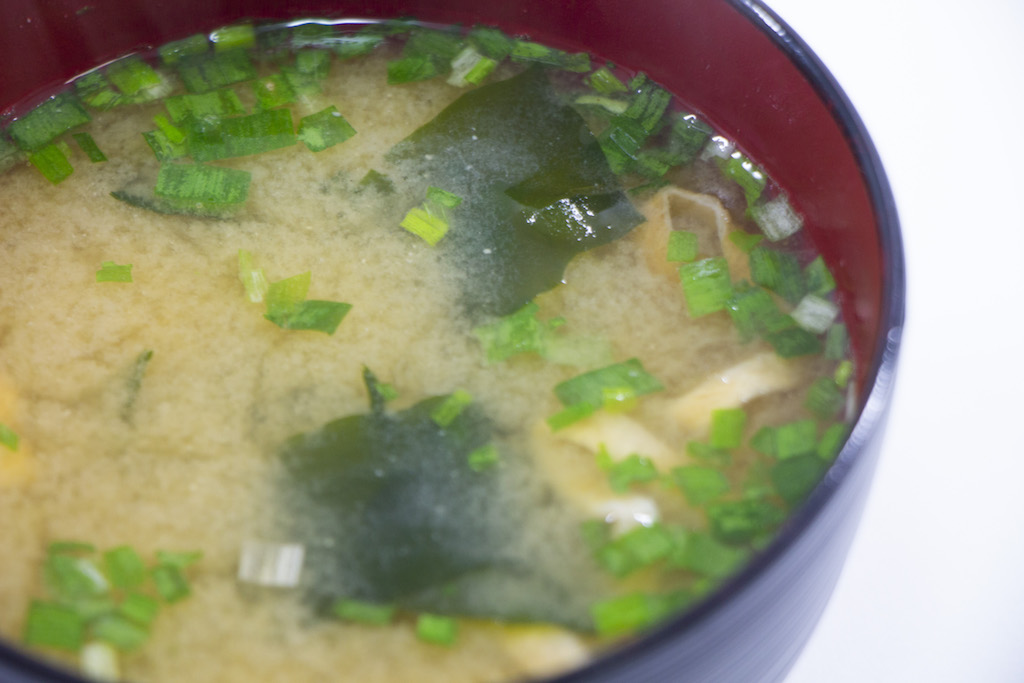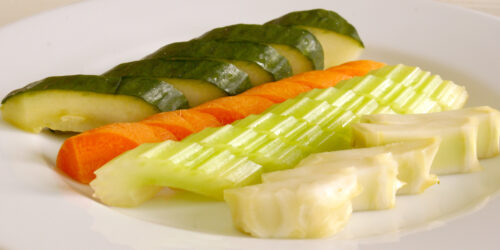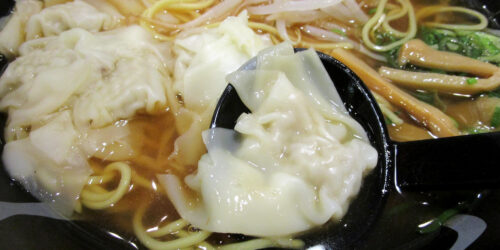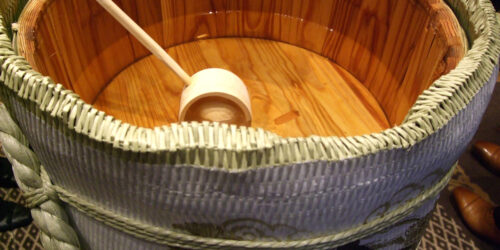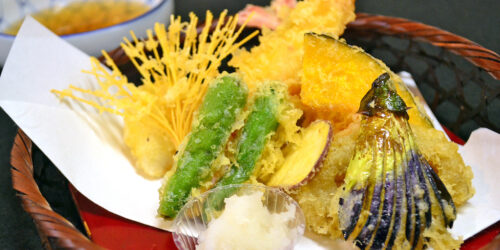What Is Ajinomoto and How Is It Used?
What Is Ajinomoto?
Ajinomoto is the most well known umami seasoning in Japan.
Umami seasoning is an artificially refined seasoning that stimulates umami taste. It is in the form of crystals combined with sodium, and used by dissolving in water or sprinkling on foods.
Main ingredients of the umami seasoning are monosodium glutamate, sodium inosinate, and sodium guanylate.
Those components are often written on the package of various processed foods. The name is “seasoning” or “amino acid” for instance.
Please check below to know more about UMAMI.
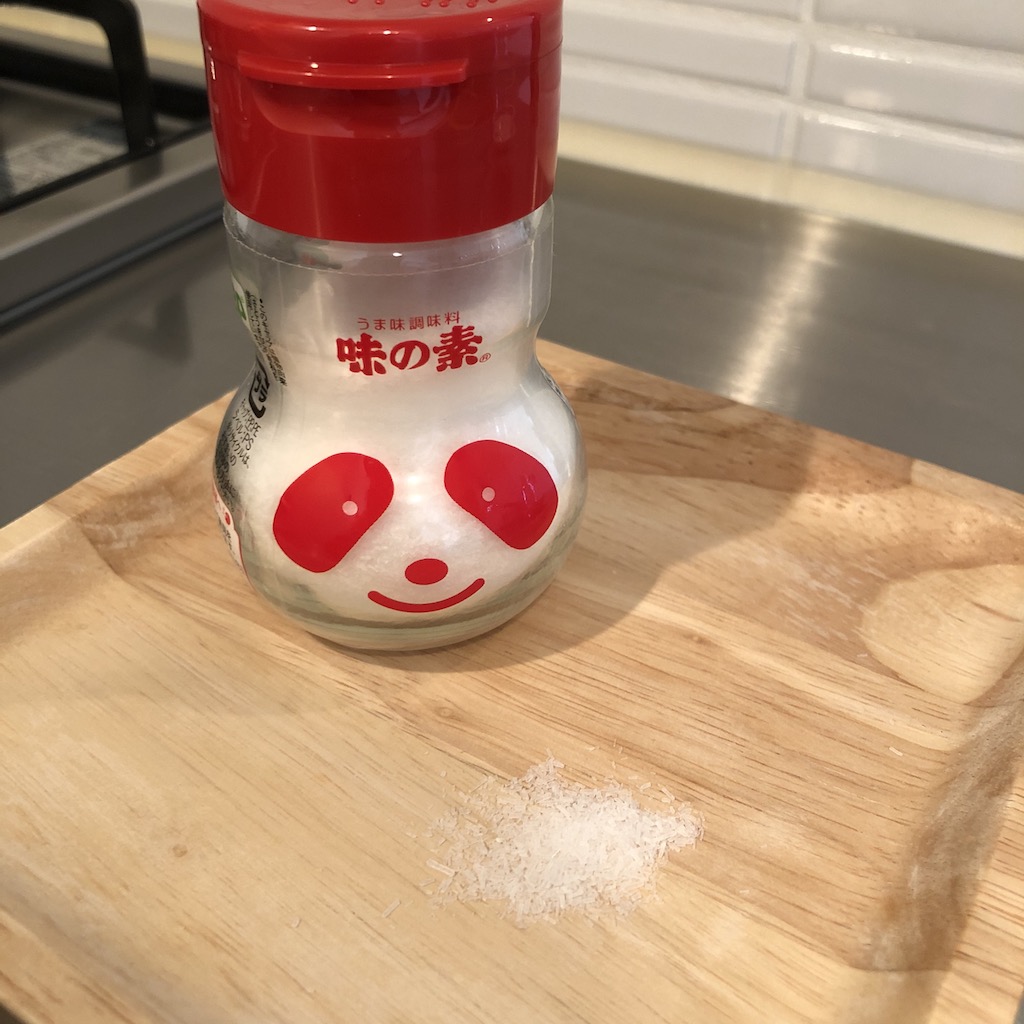
History of Umami Ingredient
In 1907, Japanese chemist, Kikunae Ikeda proposed that there is 5th flavor for human taste in addition to 4 basic flavors.
1st is sweetness
2nd is sourness
3rd is saltiness
4th is bitterness
5th is UMAMI
After that, it is discovered that the main component of umami derived from kombu (kelp) is exactly glutamic acid.
Purified glutamic acid as a sodium salt had released in 1909. Its product name was “ajinomoto”, and this was the first umami seasoning sold in the world.
What Is Ajinomoto Made of?
The main raw material of ajinomoto is sugar cane. It’s made with the same fermentation method as yogurt, soy sauce, and miso paste.
The manufacturing process of ajinomoto is as follows.
Harvest sugar cane
↓
Produce glutamic acid by fermentation
↓
Separate glutamic acid as crystals
↓
Make glutamic acid into monosodium glutamate
↓
Remove impurities
↓
Crystallize monosodium glutamate
↓
Dry
↓
Wrap
By the way, there are various types of umami seasonings besides ajinomoto in the world. Therefore, each manufacturing method is different.
Why Should You Use Ajinomoto?
Ajinomoto can add “umami taste” to the dish which is one of the 5 basic flavor of human taste.
At the same time, it brings out the characteristics of the material and give it richness and depth.
In short, it works to harmonize the overall taste.
Moreover, even if you reduce the amount of salt, the food with ajinomoto will be delicious. That’s because umami taste contained in ajinomoto gives rich and complex taste to the dish.
In other words, you can make low salt meal delicious.
How Is Ajinomoto Used?
There is no rule when using ajinomoto. So, you can certainly put it on anything.
The followings are some examples.
Fried rice and other stir-fried dishes
Adding ajinomoto into various types of stir-fried dishes is very popular, especially when making fried rice. It gives great koku and umami to it. Furthermore, you won’t need a lot of salt by adding ajinomoto into it.

Marinade and dipping sauce for meat, fish, etc
For example, adding ajinomoto into marinade sauce for karaage*1 and yakiniku sauce*2 are essential for me. The taste will be extremely delicious. It becomes the sauce professionally made.
*1 Japanese-style fried chicken
*2 dipping sauce for Japanese-style barbeque
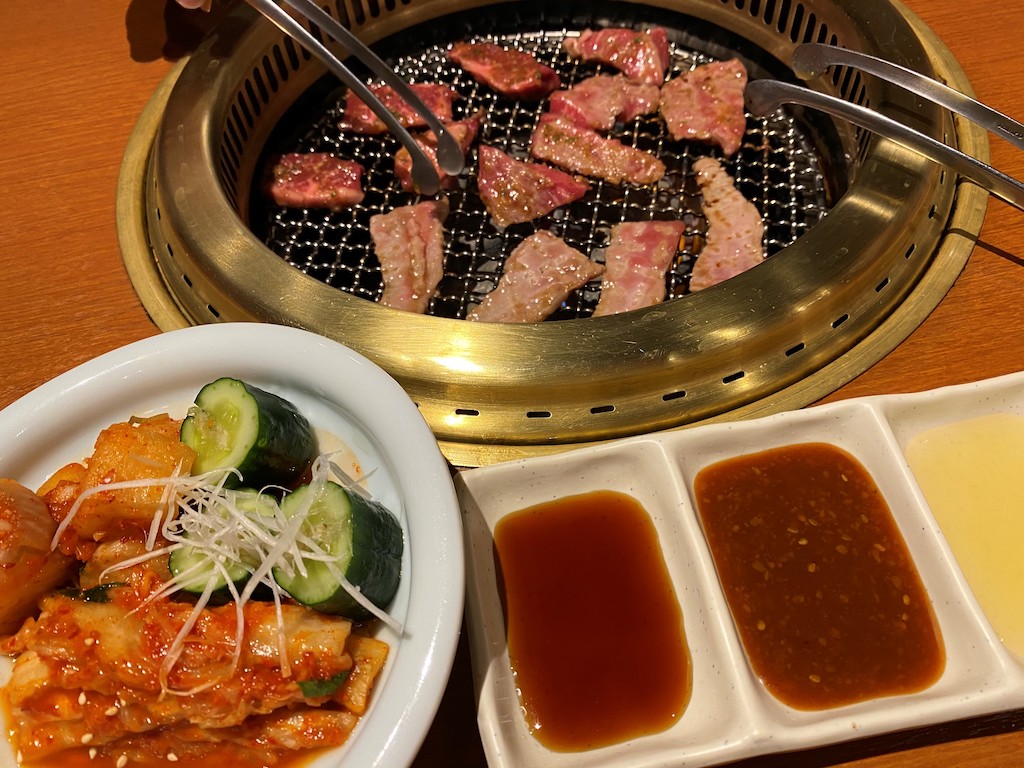
Japanese pickles
In some regions of Japan, people like to sprinkle ajinomoto on Japanese pickles. Even pickles that are soaked for a short time will be delicious. In addition, even pickles with low salt content will be delicious.

Miso soup and simmered dishes
You can also add ajinomoto into soup dishes or simmered dishes. The dashi stock is the essential part of those dishes. And, ajinomoto dramatically upgrades the taste of dashi.
